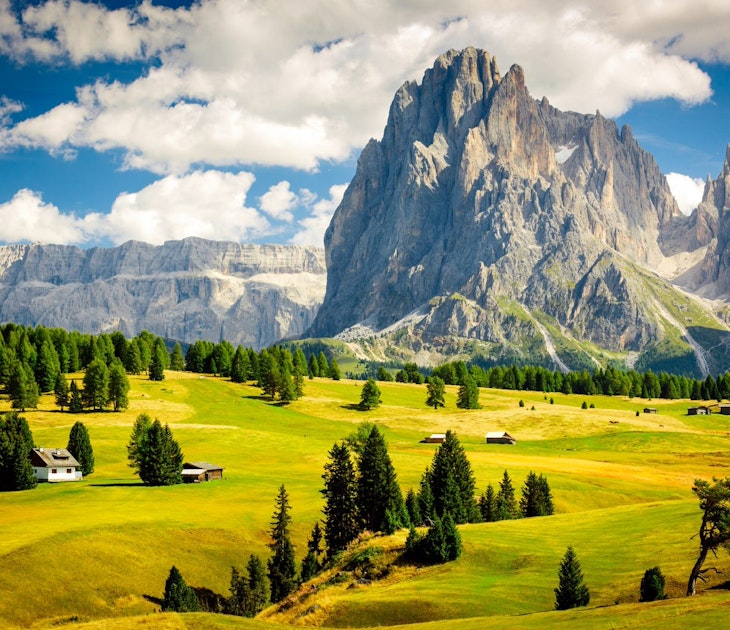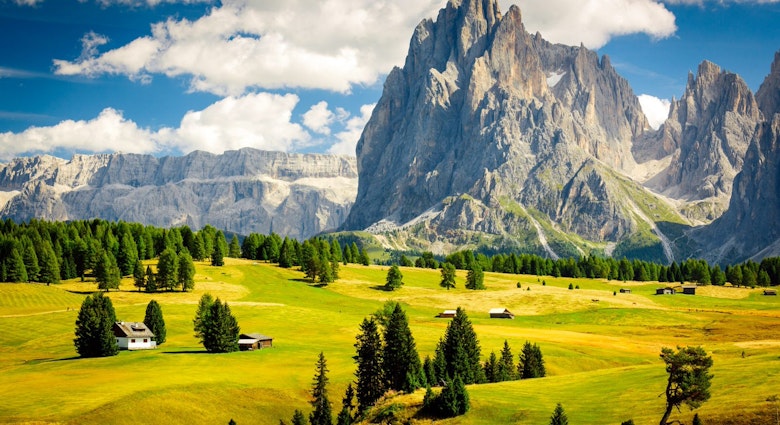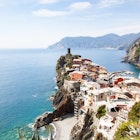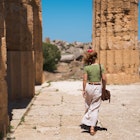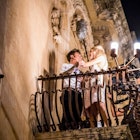The drive from Molveno in the Brenta Dolomites to Riva del Garda on the north shore of Lake Garda takes only an hour, but the change in scenery and vegetation on the way is dramatic. The 50km journey begins amidst conifer forests and stark limestone peaks, passing through alpine pastures and vineyards before finishing beside the waters of Lake Garda, where the balmy Mediterranean microclimate encourages the growth of olive, lemon and palm trees.
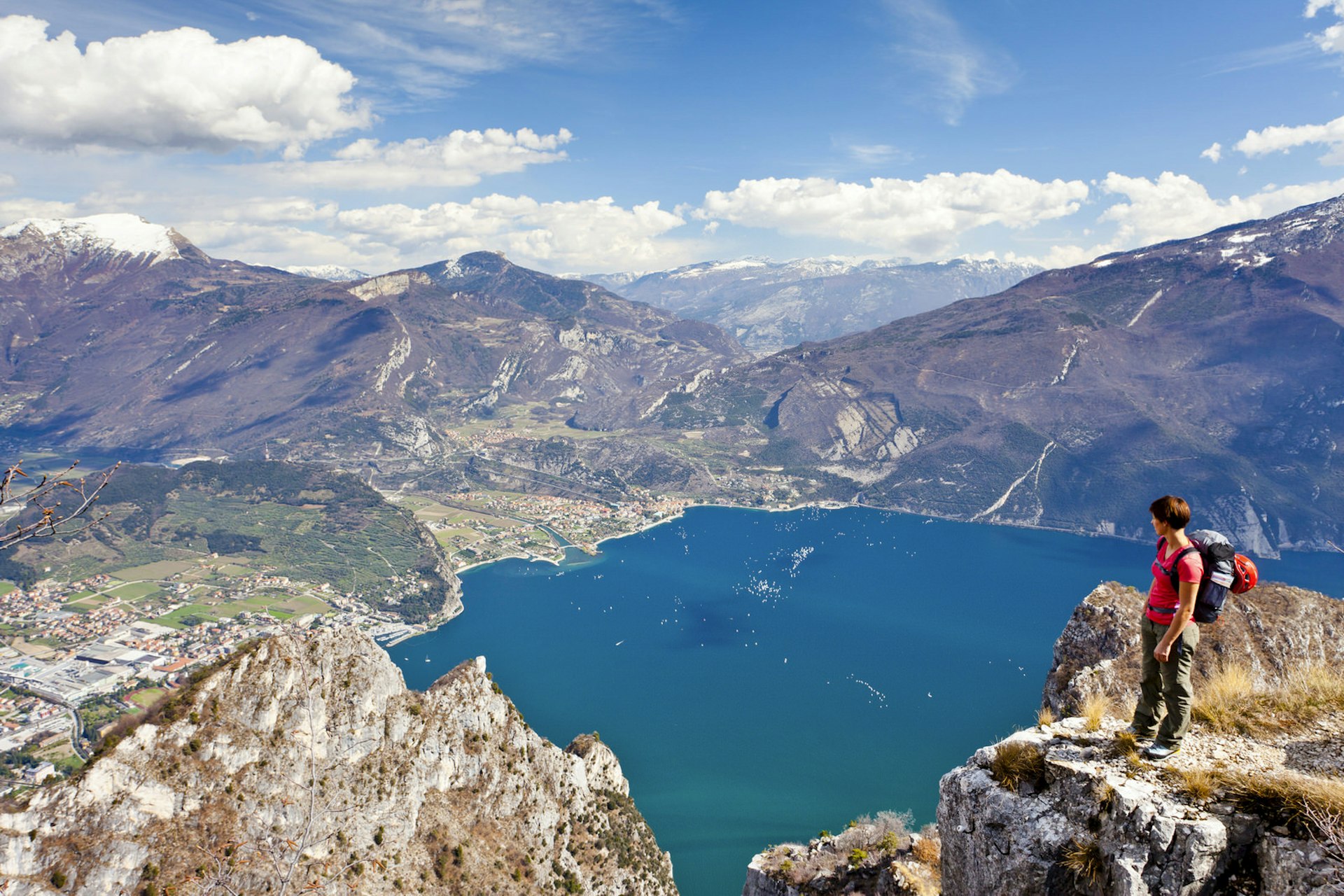
In 2015 Unesco designated the area as a biosphere reserve, recognising its rich biodiversity, including some rare animals such as lynx and brown bears, as well as its people’s commitment to sustainable development and living in harmony with their environment. The beauty and diversity of the area’s landscapes make it the perfect destination for active and adventurous travellers.
Sailing: mastering the winds
Italy’s largest body of freshwater, Lake Garda is arrestingly beautiful, its shimmering blue waters surrounded at the northern end by lofty mountains. But it’s not just the area’s outstanding natural beauty that draws many thousands of sailors and windsurfers here year after year. For devotees of wind-powered sports, the strong and consistent gusts that blow across the waters of the lake are the main attraction.
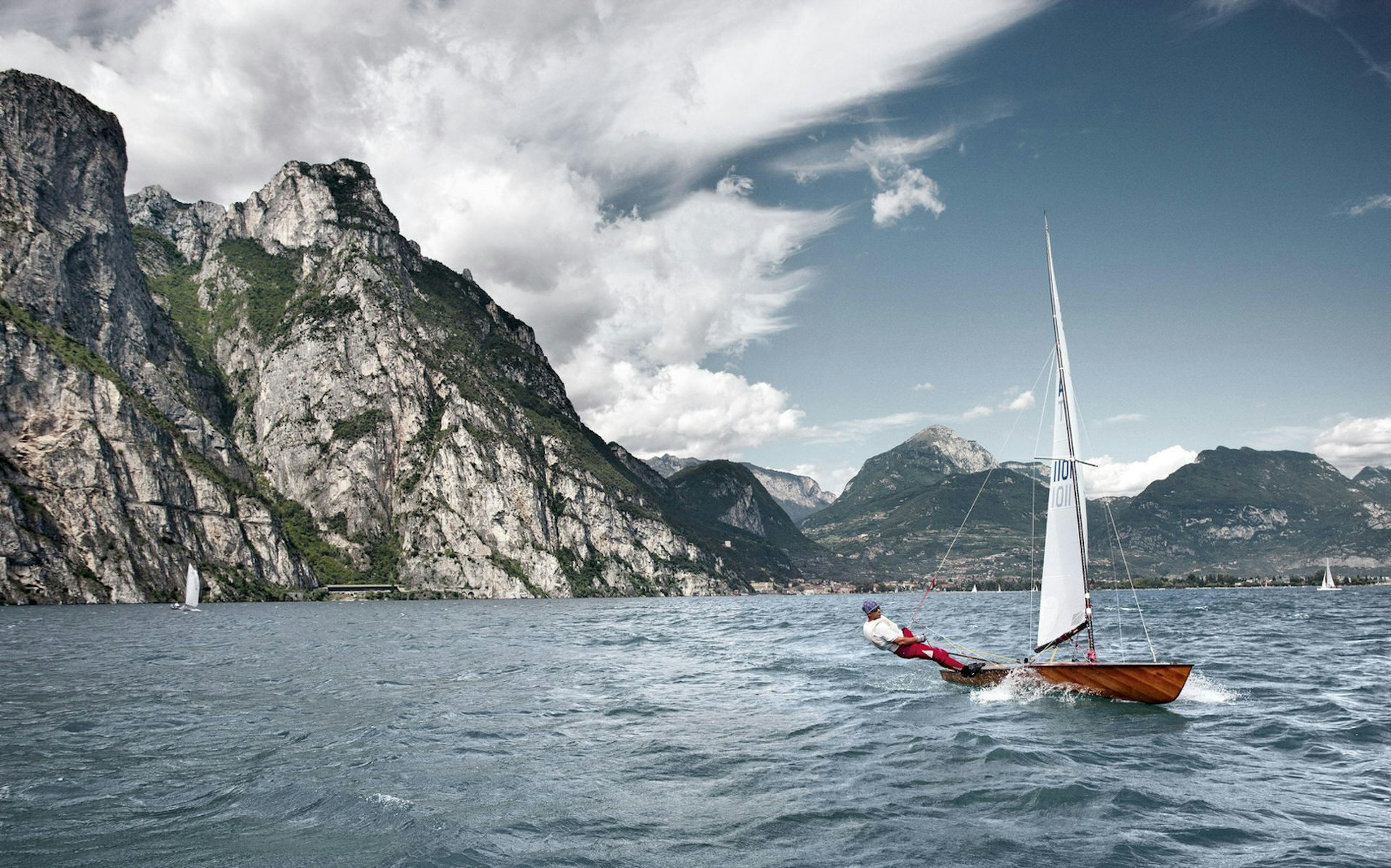
Lake Garda sits in a long, narrow channel that connects the lowlands of the Po river floodplains with the highlands of the Brenta Dolomites. Each morning the ‘pelèr’ wind blows from the north, then in the afternoon it is replaced by the ‘ora’ wind, which blows up from the south. The strength of the wind varies depending on your exact location, with the strongest winds generally at the lake’s narrowest points. The winds are at their most consistent and powerful in summer, when the waters of the lake average a very pleasant 20°C (68°F). The resort town of Torbole in the northeast corner of the lake has perfect conditions for beginners. There are plenty of operators offering sailing and windsurfing lessons for adults and kids, both beginners and those with experience.
Canyoning: flowing with the stream
Hidden from the view of Lake Garda’s visitors and residents, crystalline streams gush down through narrow gorges in the surrounding mountains, eventually mixing with the waters of the lake itself. But these streams aren’t completely undiscovered; expert mountain guides have tamed a dozen or so of the lush, winding canyons, turning them into a natural waterpark for intrepid visitors to enjoy.

Canyoning is an exciting and invigorating way to immerse yourself in nature, following a mountain stream as it cascades down rock chutes and waterfalls into deep plunge pools. A wetsuit, helmet and harness are provided, and the expert guides keep you safe as you slide, rappel and leap through the beautiful sunny gorges. No experience is required, only a basic level of fitness, comfort in water and adventurous spirit.
Hiking: blazing a trail
Dramatic terrain and over 5000km of well-maintained paths make both the Brenta Dolomites and Lake Garda areas spectacular hiking destinations. Any hike you choose to take in this region will doubtless provide spectacular views, whether gazing out across the waters of a scenic lake or feeling awestruck by the rocky pinnacles of the Dolomites towering above you.
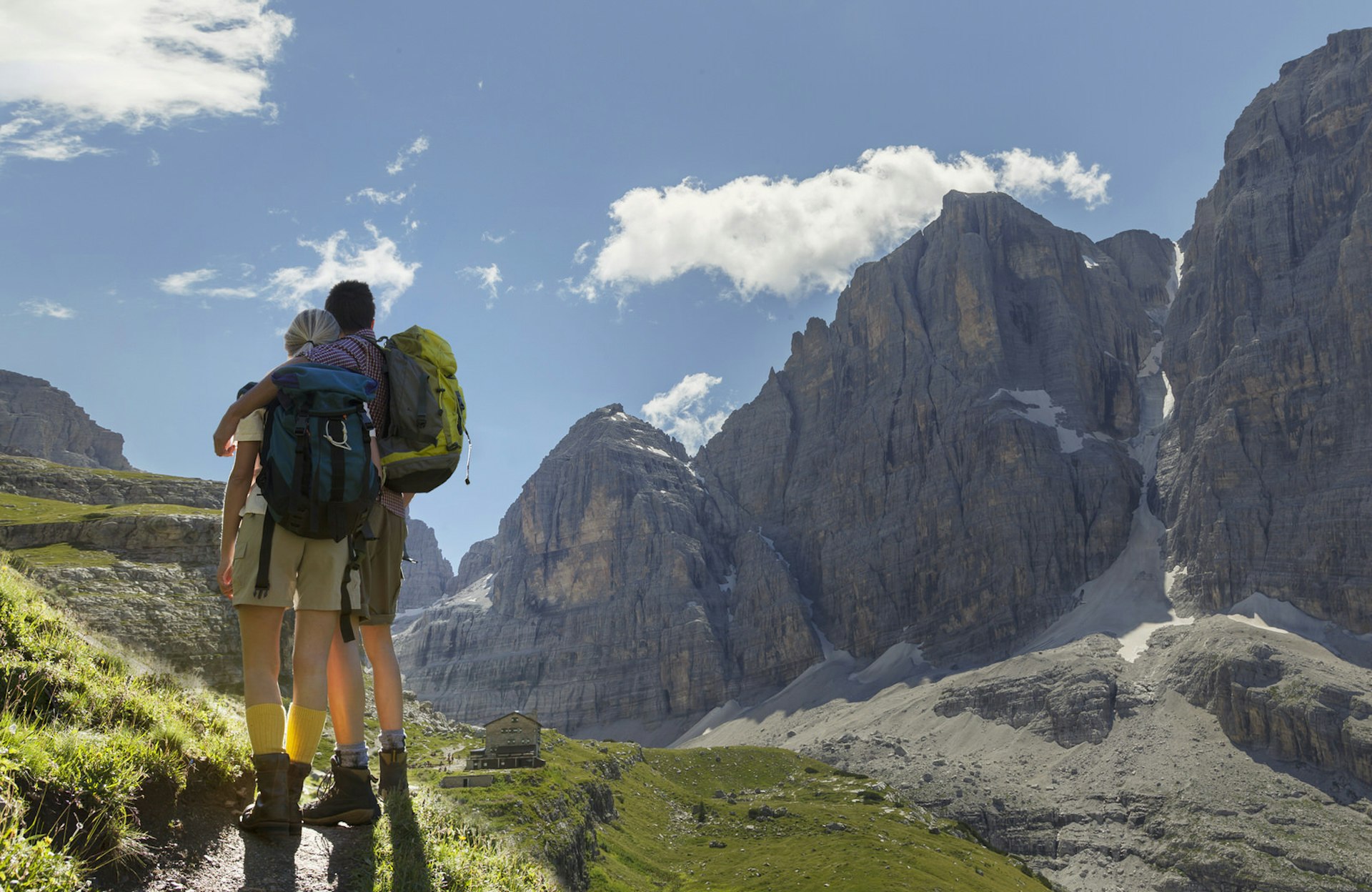
For serious hikers, the region has an extensive network of interconnected hiking trails, called the Dolomiti Brenta Trek, as well as plenty of high-altitude mountain huts for trekkers to stay in. The area is also famous for its via ferrate – adventurous and exposed hiking routes that require the protection of a fixed wire and harness. Generally they should only be tackled by experienced alpinists or in the company of a certified mountain guide.
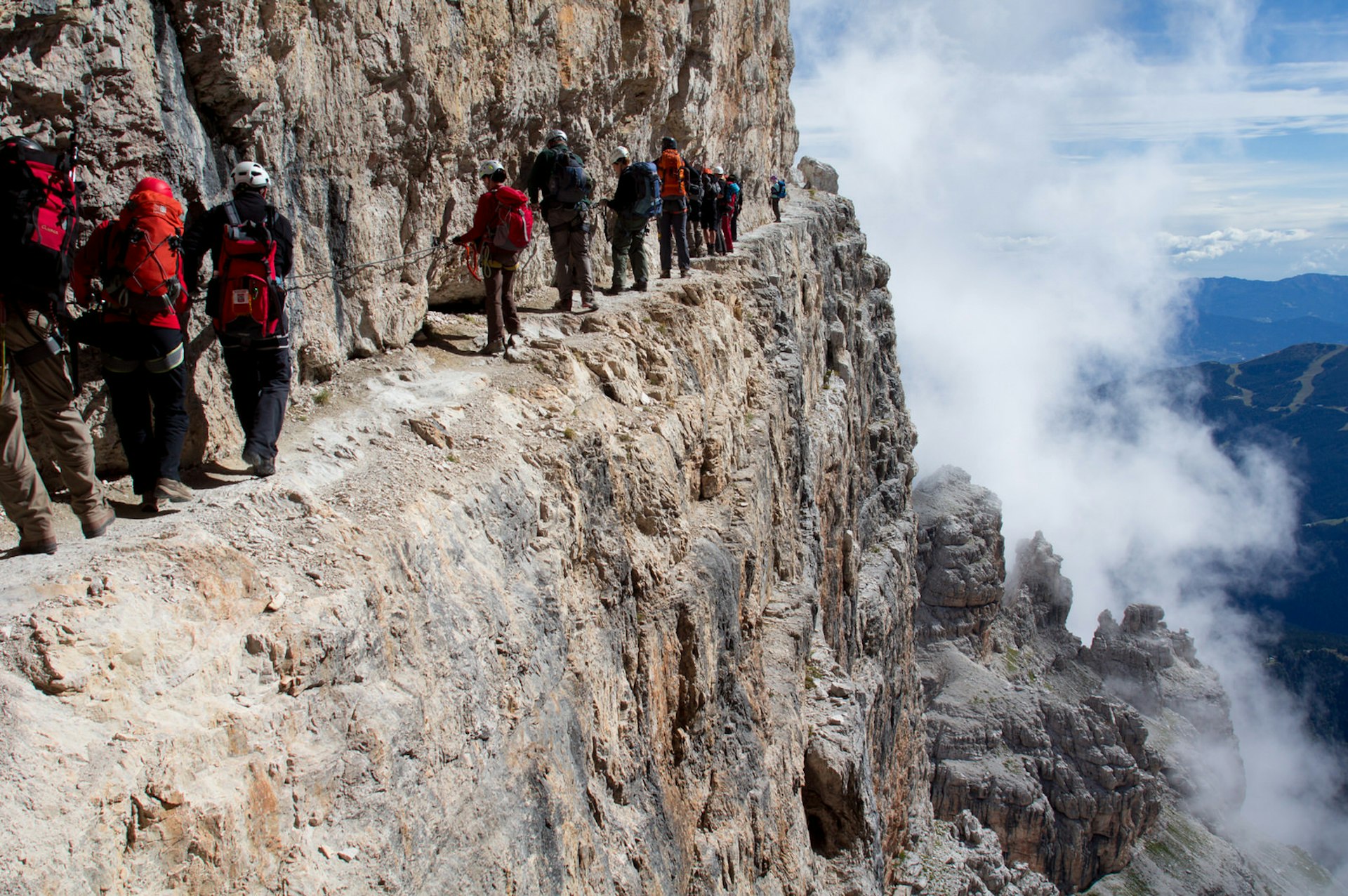
If you’re after something a little less physically challenging there’s no need to compromise on spectacle, as there are plenty of superb, less demanding walks. A great example is the 3.5km hike from the top of Molveno’s Pradel cable car to the Croz dell’Altissimo mountain hut. The cable-car ride takes you right into the heart of the mountains, where you can enjoy a relatively flat walk with the enormous Dolomite peaks on all sides to a beautifully situated hut that serves delicious seasonal specialities, such as locally picked mushrooms in autumn.
Rock climbing: conquering new heights
Just a few kilometres north of Lake Garda, the Italian town of Arco holds a legendary position in the history of rock climbing as the birthplace of competition climbing. Every year since 1987 it has played host to Rockmaster, one of the world’s most prestigious international climbing competitions. The town of Arco feels like a second home for climbers, its streets packed with climbing shops and lively, climbing-poster bedecked bars. The area is a paradise for sport climbers, with about a dozen different limestone crags within short driving distance of the town.
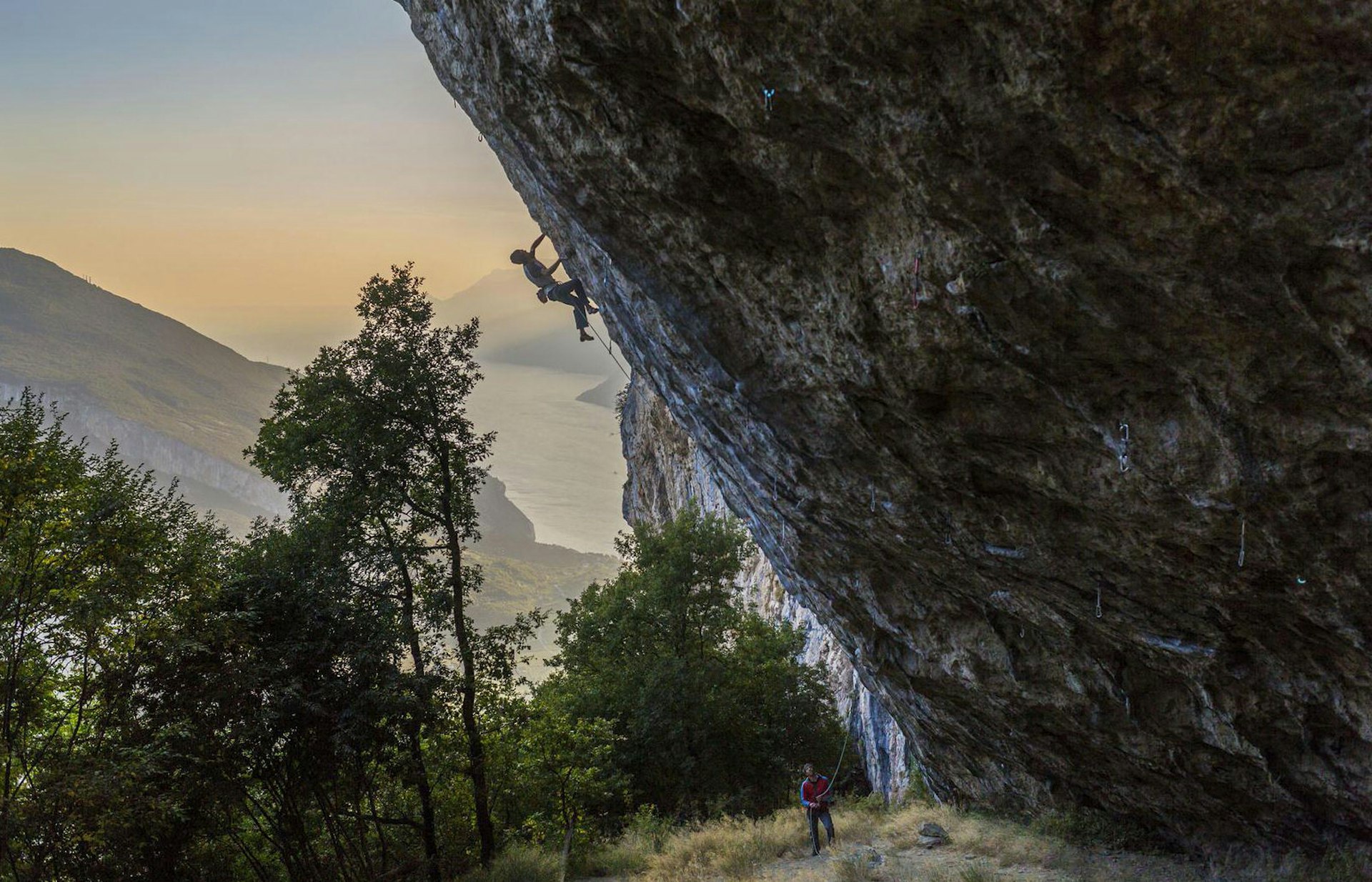
Massone is one of the closest crags to Arco, and one of the most popular. It is easy to get to and has routes with a wide range of difficulty, but can get overcrowded. Belvedere crag in Nago is another popular area, known for its spectacular views over Lake Garda. Arco’s limestone rock has plenty of interesting features to climb, from small pockets that you can slip a couple of fingers into, to big outcrops of tufa flowstone, but foot placement can be tricky, as many of the popular routes have become polished from overuse. The local authorities pride themselves on providing the highest possible standard of safety, with bolts regularly inspected and replaced.
Paragliding: soaring through the ether
If you’ve ever wondered what it would feel like to soar like a bird, gazing down over a miniature landscape from high above as the wind whips past, then paragliding has the answer. Despite its reputation as an adventurous sport, tandem paragliding is actually a very accessible activity, suitable for anyone, young or old, who can manage to jog the few steps required for takeoff and landing. Everything else – equipment, steering and safety – is looked after by the expert pilot.
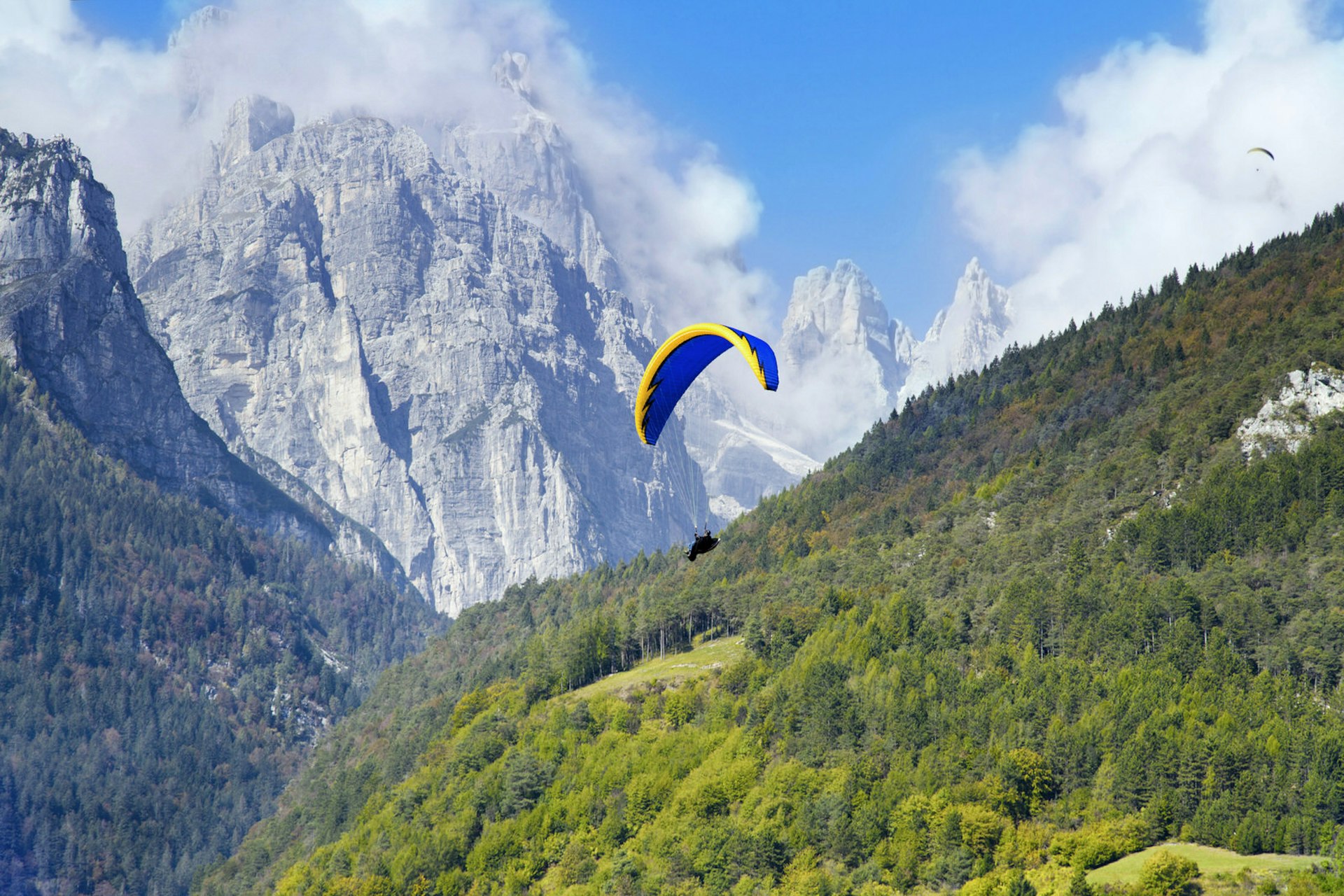
Once you’re airborne the pilot uses thermals – the same upward air currents used by soaring eagles – to glide higher into the sky. In the Dolomites that means you can fly up into the mountains, waving at hikers as they scramble up rocky ridges and soaring past precipitous outcrops. The views are spectacular and the sensations exhilarating, but it’s surprisingly chilly up there, even on a warm day, so you’ll be glad of a windproof jacket and gloves.
Anna Tyler travelled to Trentino with support from the Trentino Tourism Board. Lonely Planet contributors do not accept freebies in exchange for positive coverage.

